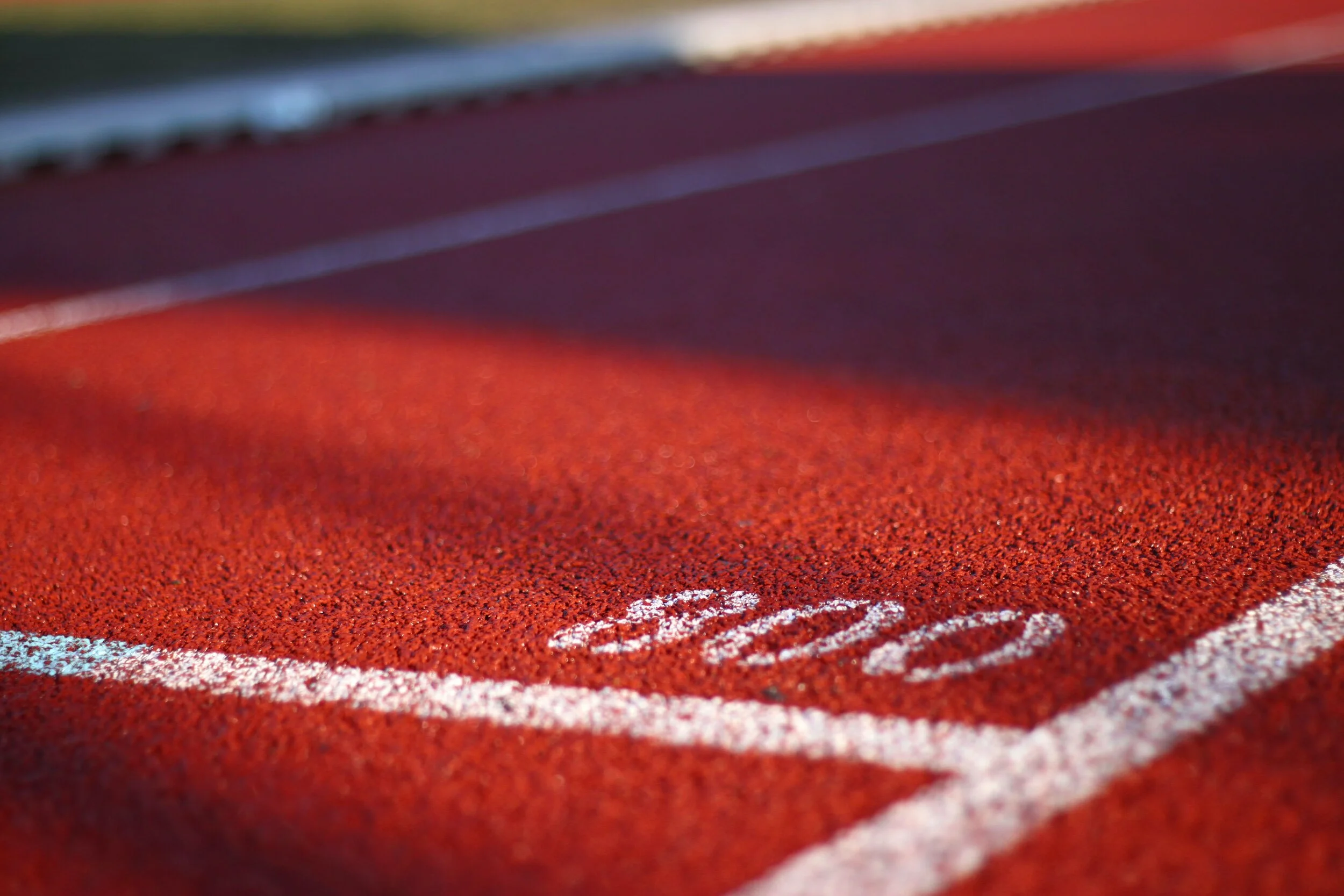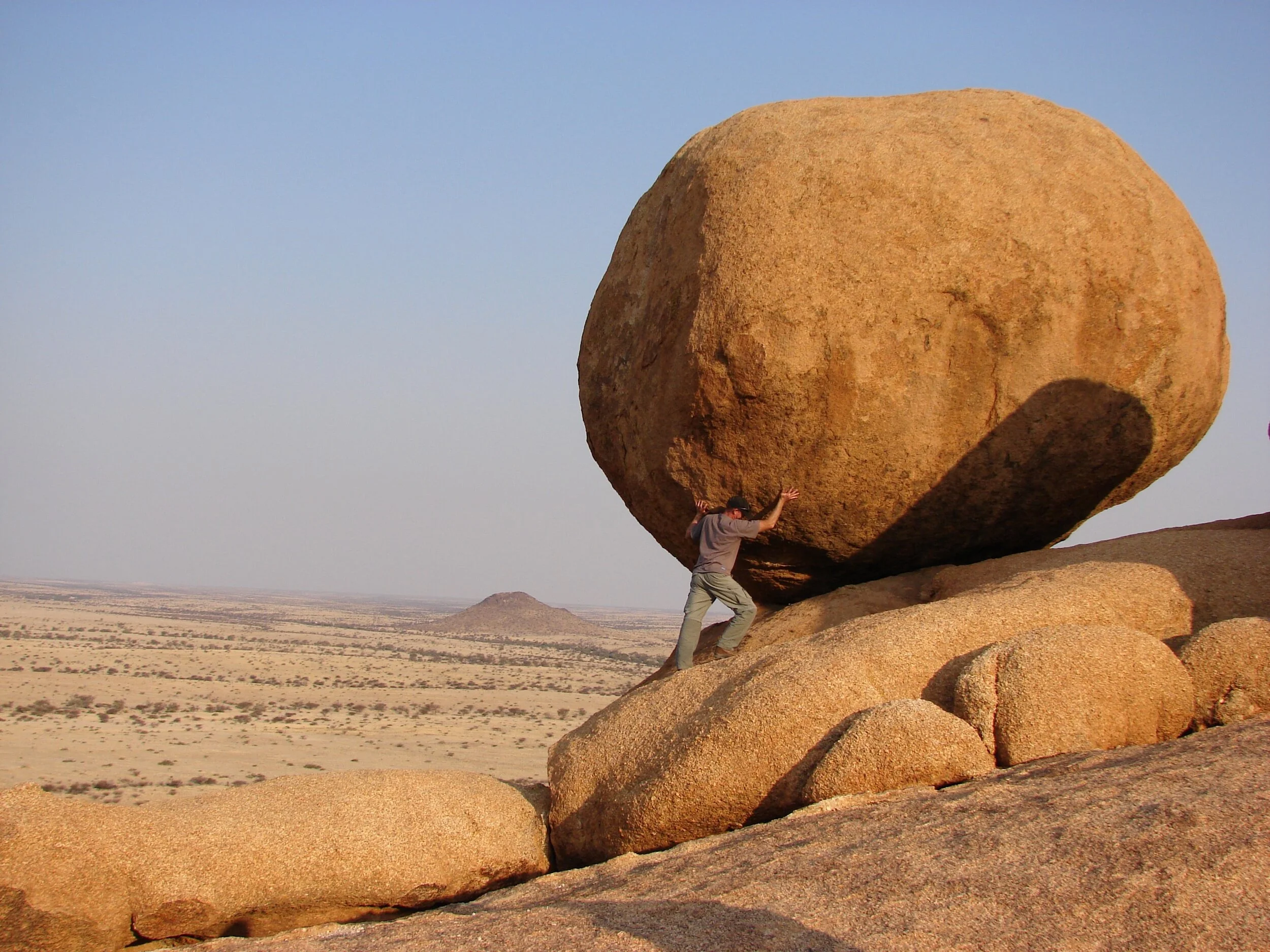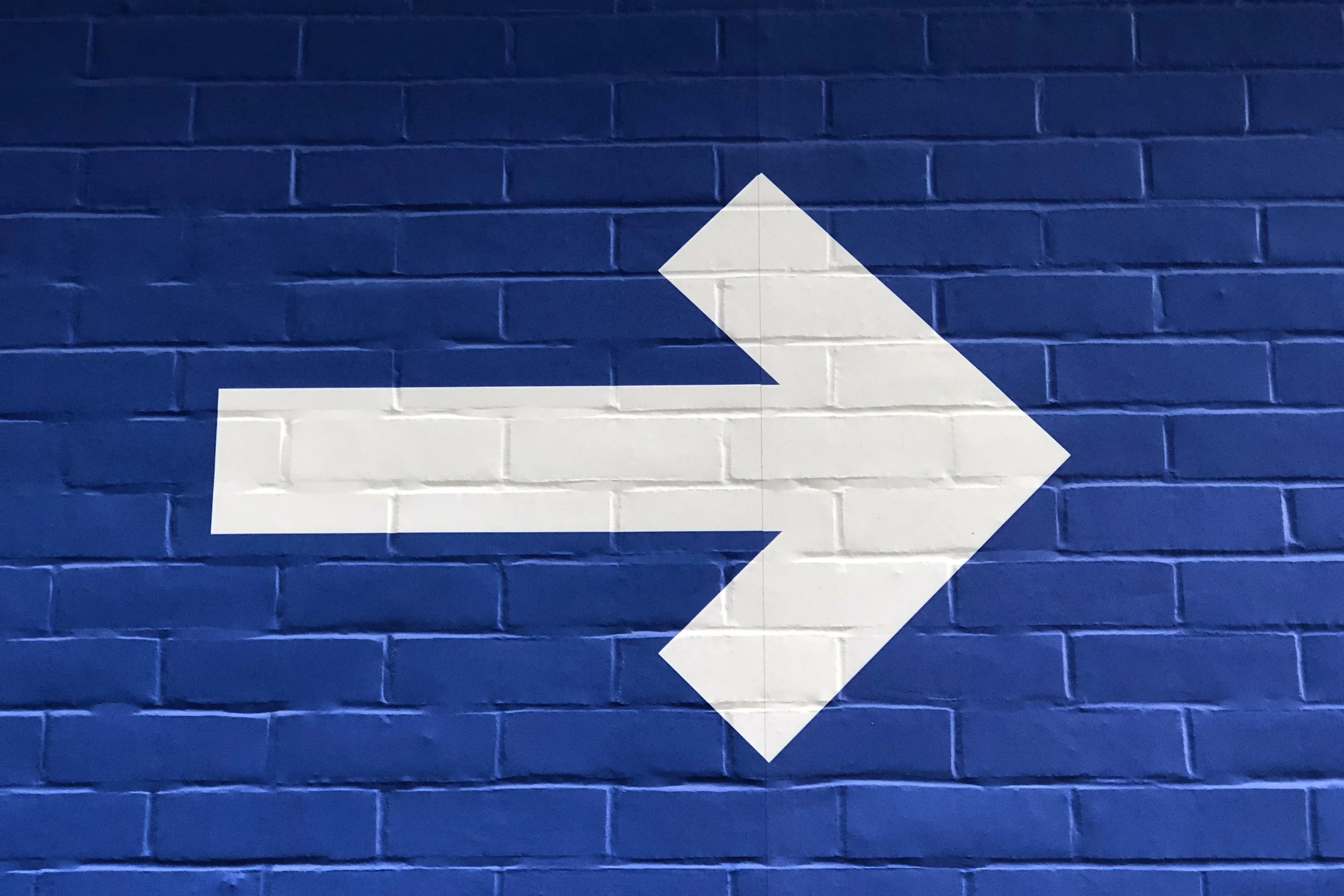Expert Tips to Bone Up on Your Bone Health
By Guest Contributor: Melanie Young
—
I was recently diagnosed with osteoporosis, a skeletal condition where your body loses significant bone mass. Bones become weaker and prone to fractures and breaks. I knew I was at risk after treatment for estrogen positive breast cancer in 2010. After undergoing chemotherapy and taking prescribed estrogen blockers, I fell into full-on menopause.
Still, my diagnosis left me feeling blindsided and fragile. Visions of a future breaking a hip and developing a hunched back led me into research on how to manage osteoporosis and care for my bones.
Bone Basics
One in three women and one in five men over the age of 50 will be diagnosed with osteoporosis. An average, 54 million Americans have osteoporosis. The scary part is more than half of people with osteoporosis who break bones never fully recover and experience a greatly reduced quality of life.
Dr. Vonda Wright, a board-certified orthopedic sports medicine surgeon at Northside Hospital Orthopedic Institute in Atlanta, shares these insights on reducing risk for osteoporosis.
“Bones are not only the structural girders that hold us up, but they also store minerals and calcium. As women get older, our bones become weaker due to drops in estrogen levels after menopause. That’s why it is important to undergo a bone density test starting at age 60 and as young as 50 if you are in menopause or have underlying conditions that could affect your bone density,” said Dr. Wright. View more information on risk factors here.
A bone mineral density (BMD) test is the only diagnostic for osteoporosis and its precursor, osteopenia. This painless test involves lying on your back and undergoing an X-Ray of your spine and hips.
Risk Factors
While decreased estrogen levels as your grow older are a risk factor, how you care for your body when you are younger matters. “Girls develop 90% of their bone mass by age 18. Lack of physical activity, a poor diet, smoking, overconsumption of alcohol, and low vitamin D and calcium levels can impact bone health at any age,” Dr. Wright said.
Family history, body size and certain underlying medical conditions can also increase your risk. Women with a small, thin body and smaller bone mass (under 127 pounds) are at higher risk, as are Caucasian and Asian women who tend to have smaller frames. A prior health history of fractures and bone breaks also places you at higher risk.
Underlying medical conditions and their prescribed treatments can also increase your risk, notably breast cancer, inflammatory bowel disease, celiac disease, diabetes, amenorrhea and depression.
Risk Reduction
While you can’t change your DNA, you can do simple things to strengthen your bones. The earlier in life you start to follow healthy habits, the better.
1. Move Away From your Desk.
“There are 33 illnesses impacted by a sedentary lifestyle,” noted Dr. Wright, who also chairs the Atlanta Chapter of the American Heart Association. “Anything you can do seated you should try standing or moving. Try taking walking meetings with colleagues and use a standing desk.”
2. Add high impact exercise and strength training into regular workouts.
This can be a brisk walk, jog. bike ride. Start a high intensity interval training (HIIT) or Core Barre workout. Throughout the day think of ways to add more movement into your life. Climb stairs, park further away and walk to your destination, take 5-minute hourly desk breaks to do squats, dance movements like pliés, push-ups and jumping jacks.
“It’s best to start a strength (resistance) training program under the guidance of a professional training to avoid injury. It is important to learn how to do the exercises properly” underscored Joan Pagano, a New York-based fitness trainer. “Many mistakenly think strength training builds muscle mass. What it does do is strengthen muscles, ligaments and bones and creates definition and lean mass.” If you don’t believe this, check out Pagano’s website and photo. She in her seventies and looks fabulous!
3. Get plenty of vitamin D and calcium and follow a healthy diet
Vitamin D help your body absorb calcium. That’s why many fortified foods and supplements contain both.
Start by adding calcium-rich foods into your diet such as yogurt (also a great probiotic), milk, cheese, salmon, rainbow trout and canned sardines. Vegetarian friendly foods loaded with calcium include: dark leafy greens, almonds, figs, tofu, edamame, beans and lentils. Another option is calcium and vitamin D fortified cereal, juices and non-dairy beverages.
Foods that contain vitamin D include fatty fish like tuna, salmon and mackerel, beef liver, cheese and eggs. One of the best ways to get vitamin D is spending time outdoors. Sunlight is a natural source of vitamin D. Just make sure to where broad-spectrum sunscreen to reduce your risk for skin cancers
Stick to a balanced diet of fresh vegetables, fruits, lean protein, healthy oils, whole grains and fiber-rich foods. Reduce consumption of processed foods, added sugars and fatty/fried foods which contribute to overall inflammation in your body.
4. Don’t smoke
Smoking is basically a smoking gun connected to many major illnesses, including osteoporosis. Studies have shown people who smoke tend to have decreased bone density. Women who smoke also tend to have earlier onset menopause. (reference National Institute of Health) Save your life. Save your money.
5. Manage Alcohol Consumption
Excessive alcohol consumption interferes with the balance of calcium in your bones and can disrupt production of vitamin D, essential for calcium absorption. Chronic drinking also disrupts hormone production, decreasing estrogen and testosterone in men and elevates levels of cortisol (a.k.a. the stress hormone), which can increase bone breakdown and decrease bone formation. People who consume too much alcohol are also more prone to falls resulting in hip fractures. (Reference: National Institute of Health),
The 2020-2025 Dietary Guidelines for Americans defines “moderate alcohol consumption as a maximum one drink (5 ounce glass of wine) a day for women and two glasses a day for men.
6. Get Bone Density Tests
It’s never too early to discuss your family history and risk factors for osteoporosis with your medical practitioner. It is essential as you approach 50 and hit perimenopause and if you have any other underlying medical conditions. Decide when to start having bone density tests and frequency and stick to scheduling them!
Other treatments
Osteoporosis is treatable and manageable through lifestyle changes, diet, exercise and prescription medication, if you choose to take them. However, all drugs come with side effects; review the risks versus benefits carefully before deciding to take.
Your physician may recommend consuming calcium and vitamin D supplements. If you’re diagnosed with osteopenia or osteoporosis, this may be necessary, but exercise caution when considering supplements and always consult with a medical practitioner. Supplements can also interact with certain medications or medical conditions. If you choose to use supplements, ask your practitioner for a trusted brand; the supplement industry not regulated by the F.D.A., and there are many inferior products in the marketplace.
I have chosen to focus on exercise and diet to manage my osteoporosis and take additional vitamin D and calcium supplements prescribed by my doctor. I also invested in sensible walking shoes over heels to navigate the streets and avoid falls and exercise more caution going up and down stairs, lifting heavy objects, and how I sit, stand and stride. I am more conscientious about putting my best foot forward to protect my body. We all should be. We only have one skeleton.
Remember this: Save falling for falling in love.
Resources:
Here is a link to my episode of Fearless Fabulous You! with Dr. Vonda Wright and Joan Pagano (link) for more insights,
Also,
National Institute of Health https://www.bones.nih.gov
Phone: 202-223-0344/ Toll free: 800-624-BONE (2663)
National Osteoporosis Foundation https://www.nof.org/
--
Melanie Young writes about wine, food, health and travel, is host of Fearless Fabulous You, a lifestyle podcast for women, and co-host (with David Ransom) of The Connected Table podcast, profiling thought leaders in wine, spirits, food and hospitality. A certified health coach and 12 year-breast cancer survivor this August, she is author of the award-winning book, “Getting Things Off My Chest: A Survivor’s Guide To Staying Fearless & Fabulous in the Face of Breast Cancer.”
Follow Melanie on instagram @melaniefabulous and @theconnectedtable
What We're Reading:
Here's what has piqued our interest this week in the world of wine and mindfulness.
I tracked all the alcohol I drank for a month. Here's what I learned, by Meg Watson for ABC Everyday
Meg thought she was an average drinker. But she also had no idea what 'average drinking' actually was — or what harm it could do.
Alcohol can be hard to quit — here are ways to set yourself up to succeed, by Joanna Khan for ABC Everyday
For some of us taking a break from alcohol can be tough, even if it's something we really want. But putting a few simple strategies in place can help you be booze free.
The Body Is Not an Apology, by Sonya Renee Taylor for Experience Life
We can all do better than self-acceptance. Here are 10 tools that can move us toward radical self-love.
How Exercise May Help Us Flourish, by Gretchen Reynolds for The New York Times
Physical activity can promote a sense of purpose in life, creating a virtuous cycle that keeps you moving.
Esther Perel Is Fighting the “Tyranny of Positivity,” by Clay Skipper for GC.com
The famed relationship therapist talked to GQ about relearning social skills, pandemic breakups, and why “how was your pandemic?” is a lame question.
Meet the Community!
Here we meet some of the talented folks who make our community profession so dynamic.
Hai Tran, Sommelier, Sommation, Philadelphia (USA)
Years in the Industry:
I've been in wine for 14 years, but with a background in science from Duke University, the wine industry was not an obvious career path for me. As a first-generation Vietnamese-American, wine had virtually no presence during my upbringing in Orlando, FL but a stint in the restaurant industry, while pursuing a career in biotechnology, proved transformative as my exposure to fine dining and the world of wine sparked a new calling. Looking for a way into the wine industry, I started on the distribution side before landing an opportunity in 2008 as Wine Director for one of the most unique fine dining experiences in North Carolina centered around Southeast Asian flavors at ă New World Cuisine. This led to opportunities to oversee the programs of two luxury hotels, The Umstead Hotel and Spa (Cary, NC) and The Rittenhouse (Philadelphia, PA), and in 2016 I was named one of the “Top 40 under 40 Taste Makers” by Wine Enthusiast magazine.
In 2020 I was leading the wine program for Starr Restaurant Group’s luxury steakhouse, Barclay Prime before COVID-19 hit, so with the challenges that were brought on by the pandemic, I joined Sommation, a collective of nine sommeliers working to promote the beverage industry through the lens of the sommelier, while keeping the doors open for all, and promoting mental and physical wellness.
My Top Three Challenges to Wellness:
Whether it be physical or mental wellness, the top challenges to maintaining my goals are tied into two areas: time management and setting healthy boundaries.
With time management, whether it be a loaded work week, busy week at the restaurant, or the challenges of being a full-time dad, carving out and making time for workouts or time to decompress always seemed to be out of my grasp. When I saw my health decline and the weight start to come back to a state that made me uncomfortable, I realized I had to reset and make sure I MADE the time for this. Not only would it help my energy, make me feel better, and improve my overall health, but at the time of this realization, I had a son on the way and I had to do better I told myself. So my son has been a big factor in changing my mindset, while combating the challenges of making time happen when you feel you don't have enough hours in the day.
As for setting healthy boundaries, this is a new concept to me that I came to realize during my time being furloughed during the COVID-19 pandemic. Once removed from the everyday hustle of restaurant life, I realized I had set unreasonable and toxic expectations of what a work week should look like in addition to what was acceptable for an overextension of hours as well as responsibilities. This takes a toll on your mental and physical wellness without most of us knowing. Being able to set up healthy boundaries and working towards a more sustainable work-life balance has been crucial to my overall happiness and well-being.
How I Keep It Together to Stay Well:
I have always been a goal-oriented individual. If I am able to formulate a clear goal and figure out how to obtain that goal, I would find myself successful in whatever I pursue. The same practice I used for my studies, definitely applies to my well-being. It comes first with having an honest conversation with yourself and making a commitment to yourself for your overall wellness. Lay out what that looks like, how you will achieve it, and be honest with yourself in making tough, but attainable goals. At the end of the day, what do you hope to achieve? What does wellness look like to you? Why is it important? Reminding myself of the answers to these questions only strengthens my resolve.
What Inspires Me:
Being an underdog for most of my life (being AAPI, being first generation, coming from a smaller market, etc.), seeing the "underdog" succeed whether it be in sports, music, or life in general always inspires me. Seeing the work that is being done to amplify the voices that were once unheard has been truly inspiring these past few years and I hope to do whatever I can to continue that work and make sure that the momentum keeps on building.
A Quote I Love”
"Our deepest fear is not that we are inadequate. Our deepest fear is that we are powerful beyond measure. It is our light, not our darkness, that most frightens us. Your playing small does not serve the world. There is nothing enlightened about shrinking so that other people won't feel insecure around you. We are all meant to shine as children do. It's not just in some of us; it is in everyone. And as we let our own lights shine, we unconsciously give other people permission to do the same. As we are liberated from our own fear, our presence automatically liberates others." -Timo Cruz (Rick Gonzalez) in Coach Carter movie from Marianne Williamson poem.
You can connect with Hai on Instagram @sommsayhai
Shop our ABG Merchandise
Hydration, safety and style are all possible with ABG Merch.
The offerings are a small list of high quality items that we have road-tested and reviewed, and hope they help support your self-care, while staying hydrated, safe, and stylish!
<< Check it out here >>
Join the Community.
Love reading the weekly news? Share the love!
If someone has passed along this weekly news, you can receive your own copy by signing up on the website here: Join the Community or at the A Balanced Glass Facebook Group. You can also connect through Instagram @abalancedglass and Twitter @abalancedglass







